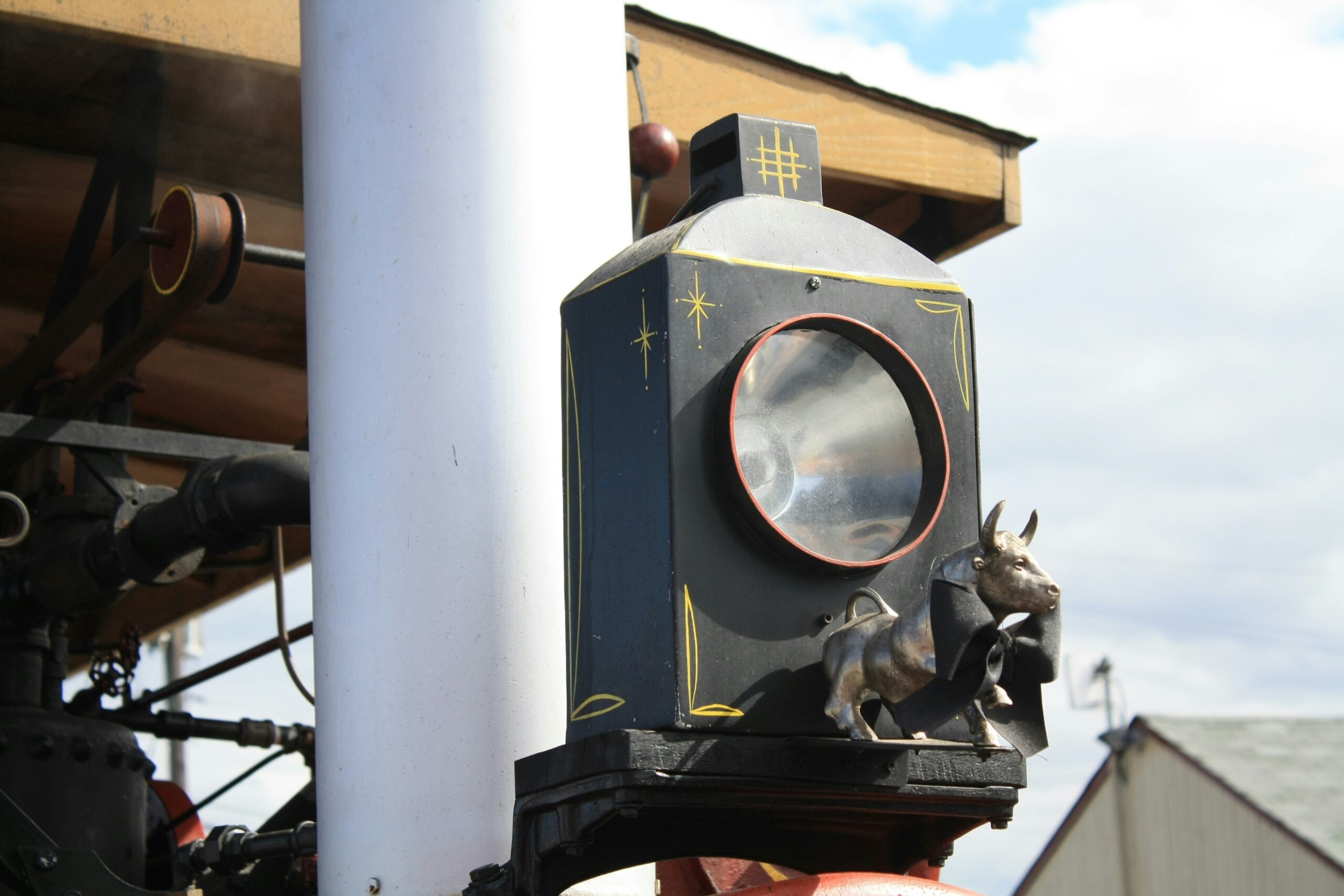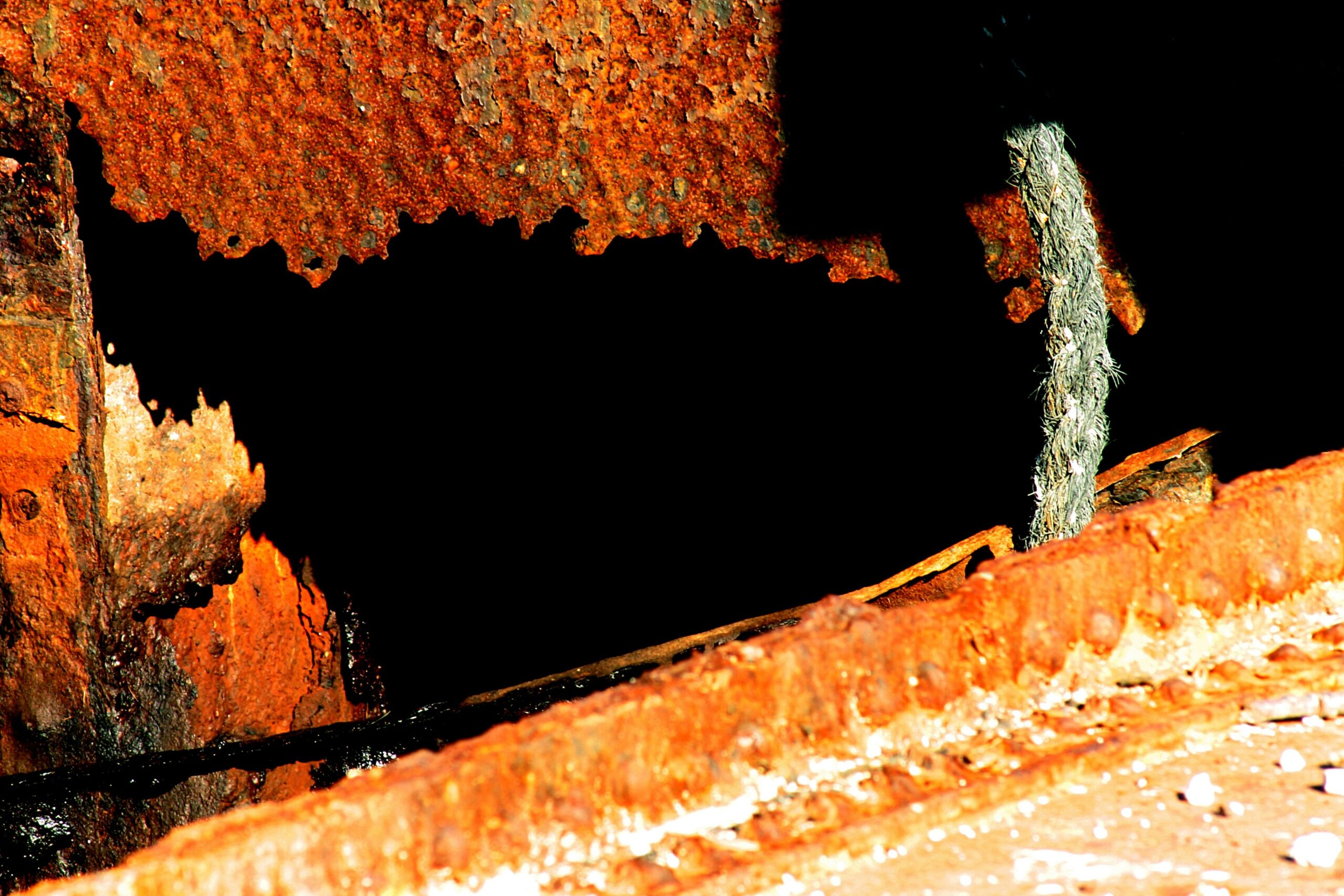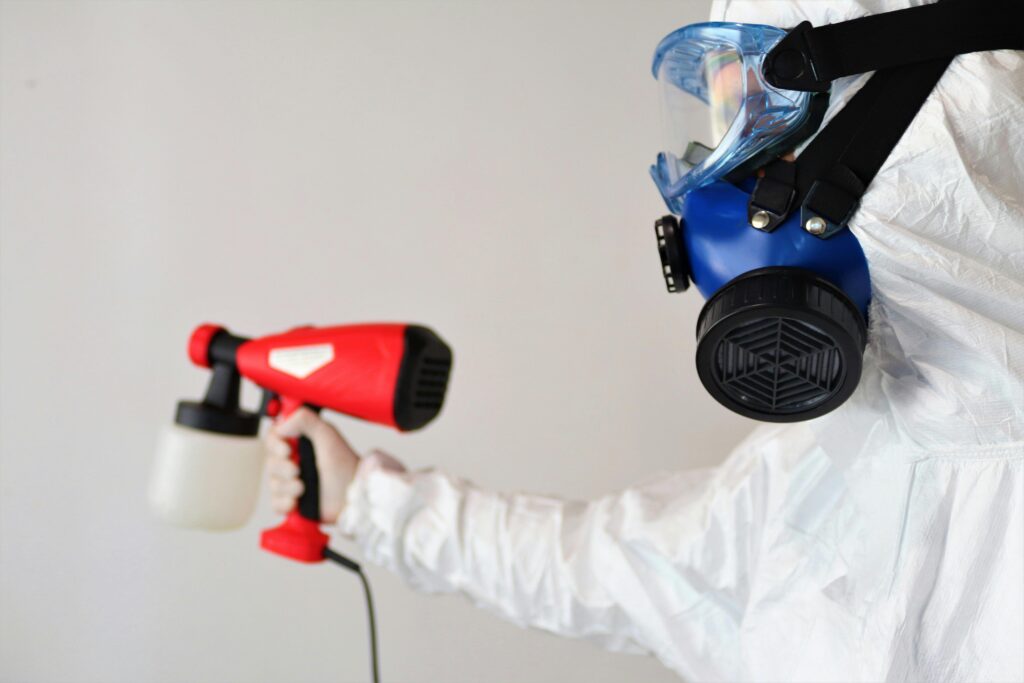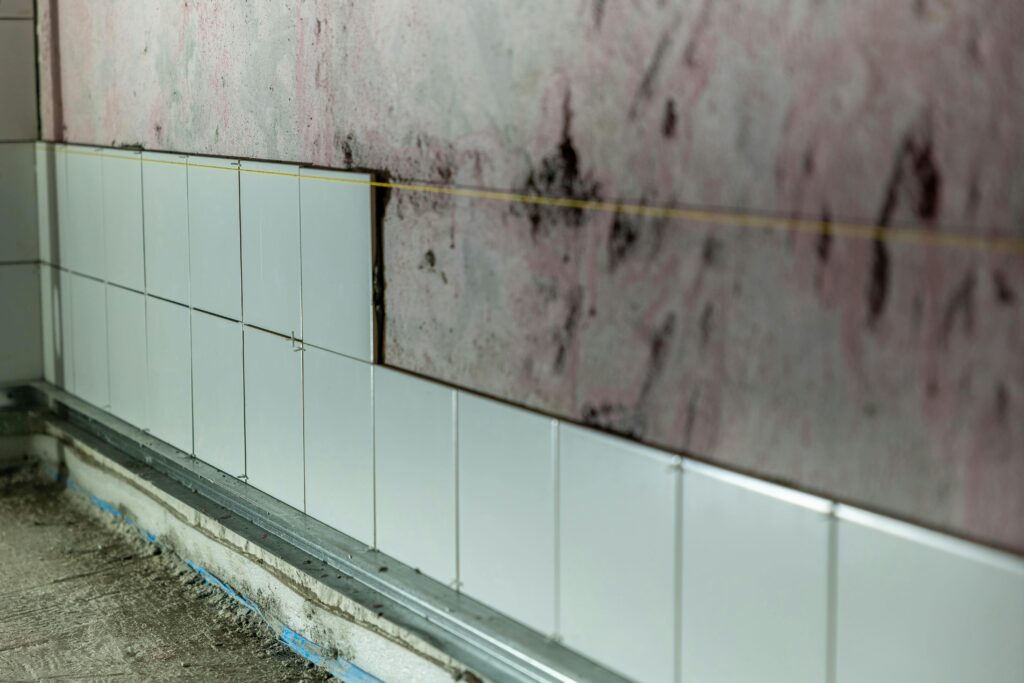Ever walked into a room and felt a sneaky tickle in your throat? Or maybe you’ve noticed the once-fresh smell of home now carries a faint, earthy funk. What if I told you that creepy vibe could cost you big on your mold insurance claim? It’s true. Many homeowners are blindsided when insurers deny mold claims due to poor documentation—enter air quality testing. In this guide, we’ll break down why air quality testing is critical for protecting your mold insurance, how to handle it step by step, and tips to sidestep common mistakes.
Table of Contents
- Key Takeaways
- The Problem: Why Mold Insurance Isn’t Always Enough
- Step-by-Step Guide to Leveraging Air Quality Testing
- Tips for Maximizing Your Air Quality Testing Results
- Real-Life Example: How One Family Saved Their Claim
- Frequently Asked Questions About Air Quality Testing and Mold Insurance
Key Takeaways
- Air quality testing provides hard evidence of mold contamination, which can be crucial for filing mold insurance claims.
- Mold spores aren’t always visible—air sampling reveals hidden dangers lurking in ductwork or behind walls.
- Hiring certified professionals ensures credible results that hold up against insurer scrutiny.
- Schedule regular tests as preventative maintenance—it’s like oil changes for your HVAC system but way less greasy.
The Problem: Why Mold Insurance Isn’t Always Enough
Mold insurance sounds great on paper: sign up, pay premiums, get reimbursed when disaster strikes, right? Wrong. Insurers are notorious sticklers. Without concrete proof of harmful indoor air quality (like elevated mold spore counts), they might laugh your claim out the window faster than you can say “home warranty.”
I once thought I was being proactive by snapping iPhone pics of black spots near my basement ceiling. Big mistake. Those blurry images didn’t cut it when filing my claim. Turns out, insurers want numbers—not selfies. They care about things like colony-forming units per cubic meter (CFU/m³). So unless you’re armed with an air quality report from a legit professional, good luck convincing them.
Sensory moment: Picture yourself sitting at the kitchen table, coffee mug steaming, while an adjuster scrutinizes your iPhone photos under harsh fluorescent light. Yeah, not fun.
Step-by-Step Guide to Leveraging Air Quality Testing
Step 1: Hire a Certified Indoor Air Quality Professional
Don’t DIY this one. You wouldn’t trust Dr. Google over a doctor for chest pain; same goes here. A certified pro uses specialized equipment (nope, not Amazon-bought gadgets) to sample the air accurately. These folks know what data insurers accept.

Step 2: Conduct Baseline Tests Before Issues Arise
Think of baseline tests as a prenup for your home. If future problems arise, you have documented proof of what normal looks like. This prevents insurers from arguing later that mold levels were already high before any incident occurred.
Step 3: Document Everything
Snap invoices, save test reports, jot down notes during consultations. The more detailed, the better. When insurers ask for specifics, having a well-organized folder makes you look sharp—and believable.
Tips for Maximizing Your Air Quality Testing Results
- Know Your Limits: Consumer-grade kits won’t fly with insurers. Stick to certified pros.
- Test After Major Events: Post-flood? Check the air. Renovations done? Test again.
- Get Multiple Quotes: Pricing varies wildly. Shop around but prioritize experience over bargain deals.
Real-Life Example: How One Family Saved Their Claim
The Johnsons faced potential denial after Hurricane Ian flooded their Florida home. Lucky for them, they’d had a baseline air quality test months prior. Comparing new vs. old readings proved skyrocketing mold levels post-storm. Armed with undeniable data, the family secured full reimbursement for repairs—a whopping $25,000 saved thanks to foresight and facts.

Frequently Asked Questions About Air Quality Testing and Mold Insurance
Q1: Can I use DIY mold test kits for insurance purposes?
Nope. Insurers typically reject these because they lack credibility compared to professional-grade analyses.
Q2: How much does air quality testing cost?
Pricing ranges from $300–$700 depending on scope and location—but consider it an investment versus losing out on claims worth thousands.
Q3: Is air quality testing only useful for mold?
Not at all! It also detects allergens, VOCs (volatile organic compounds), radon, and other pollutants threatening your health.
Conclusion
So there you have it, folks: air quality testing isn’t just nerdy science—it’s your secret weapon against mold insurance drama. Whether you’re safeguarding your property or preparing for the worst-case scenario, investing in proper testing pays off tenfold. Now go forth, stay informed, and remember… even Batman needed tools to fight crime.
P.S. Like a Tamagotchi, your home’s health needs daily attention—or at least periodic air checks!
Rant Corner:
Grumpy Me: “Why do insurers always act like Sherlock Holmes until YOUR claim lands on their desk?”
Optimist Me: “Because deep down, we know truth trumps suspicion!”


